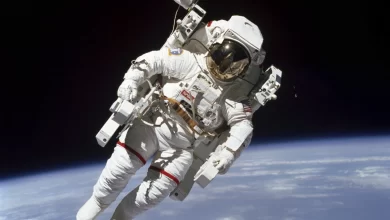
In the past, chlorofluorocarbon gases (CFCs) used in air conditioners and refrigerators were banned for ozone layer recovery. However, it seems that these gases are still used in some way.
According to a study published in the journal Nature Geoscience, chemicals responsible for ozone depletion are still accumulating in the atmosphere at an alarming rate. These chemicals were widely used in air conditioning and refrigeration (air conditioners and refrigerators), but were banned completely in 2010.
Chlorofluorocarbon (CFC) gases, which should have been phased out globally by 2010, have continued to be used in varying concentrations since then, reaching a record high in 2020. The new research suggests that the culprit may be alternative refrigerants intended to replace ozone-depleting substances.
New Gases Found That Damage The Ozone Layer
The ozone layer has achieved remarkable improvement over the past few decades. However, if emissions continue to rise, this progress is expected to slow and climate change to exacerbate. “The emissions from these few gases are on par with the emissions of all greenhouse gases in Switzerland,” Stefan Reimann, a researcher at Swiss Federal Laboratories for Materials Science and Technology Empa, said at a press briefing on March 30.

Reimann and colleagues detected increased emissions of five different types of chlorofluorocarbons, or CFCs. In addition to their widespread use in refrigerants, CFCs have also been found to be used in aerosol sprays, foam packaging and insulation. While there are many different types of CFCs, they all had to be phased out worldwide by 2010 under the Montreal Protocol. Researchers expect the ozone layer to recover around 2066. If ozone does not heal, the increase in skin cancer and cataract diseases may continue.
This study found that three of the five CFCs (CFC-113a, CFC-114a, and CFC-115) that have become more common since 2010 are used in air conditioners, refrigerators, and fire extinguishers. These CFCs are produced using a loophole in the Montreal Protocol and are called hydrofluorocarbons (HFC). HFCs are known as “super” greenhouse gases, which, like CFCs, are hundreds to thousands of times more potent than carbon dioxide. Under normal conditions, HFCs are expected to decrease by 85 percent by 2047, but where these gases occur has not yet been determined. Scientists underline the need to stick to the Montreal Protocol and expand the scope of observations.






